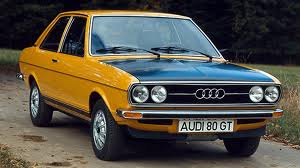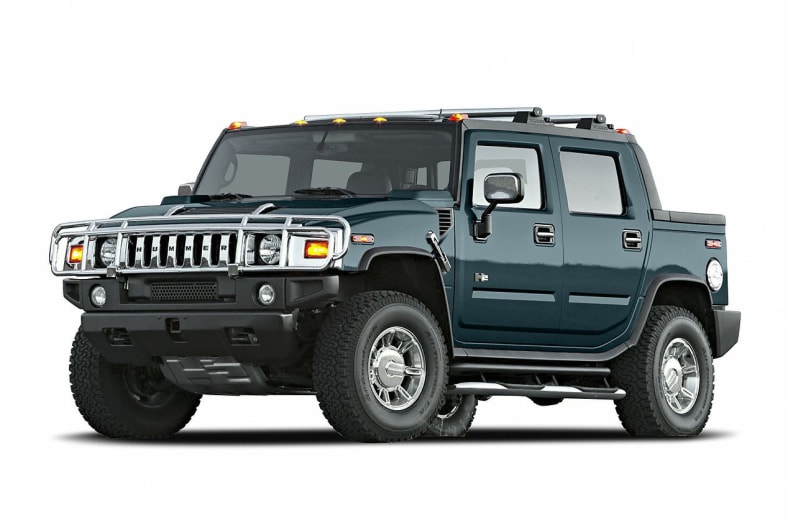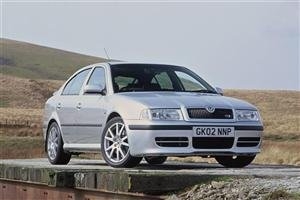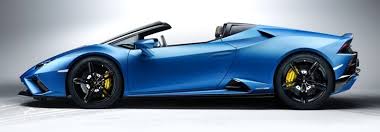


This edition of the Austin-Healey 100 SIX BN4 is the 4 speed / Manual version and was first brought out in 1956. This was at around the same time as the introduction of the 1957 Chevrolet Corvette C1 283 Convertible and the 1957 Mercedes 300 SL II Roadster W198.This particular Austin-Healey 100 has a 2639cc Naturally Aspirated Petrol powerplant with 6 cylinders in a St formation.
The 100 shares its Petrol St6 engine configuration with the likes of the 1965 Aston-Martin DB6 1965 and the . If you're looking for other fast cars which share the 100's Rear Wheel Drive, Cabriolet combination then how about the 1982 Fiat X1/9 1.5 8V or the 1965 Aston-Martin DB6 1965.
Weighing in at 1125 kgs (2480 lbs) this makes the Austin-Healey 100 SIX BN4 in the same weight category as the 2020 Lotus Exige Sport 410 Roadster 3.5 V6 or the give or take 50kg.
In terms of power the 2639cc 12V St6 engine produces 103 bhp (76 kW) @ 4600 rpm similar to the 2017 Ford Fiesta 1.5 TDCi ST-Line 120 (118 bhp) or the 2013 Caterham 7 160/165 0.7L Turbo (79 bhp).
The Naturally Aspirated St6 throws out 142 lb-ft (192.5 Nm) @ 2400 rpm placing it with cars of similar torque performance figures such as the 2022 Mini Cooper Countryman John Cooper Works 1.5 Turbo (162 lb-ft) or the 2016 Ford Fiesta ST 200 1.6 Turbo (159 lb-ft).
If one combines the weight with power or torque performance for the Austin-Healey 100 you can get a better idea of it's real world performance.
![Citroen Saxo 1.6i VTS - [1997] image Citroen Saxo 1.6i VTS - [1997] image](/editionimages/199.jpg)
The 1997 Citroen Saxo 1.6i VTS (116.5 bhp per ton) has similar Bhp Per Ton stats as the Austin-Healey 100.
The Austin-Healey 100 has a Power to weight ratio of 91.5 bhp per ton and 126.2 lb-ft per ton. Bhp Per Ton figures of the 1956 100 competing with the 1997 Citroen Saxo 1.6i VTS (116.5 bhp per ton) or the 1989 Ford Sierra XR4X4 (116.2 bhp per ton).
If you agree with the late great Carroll Shelby then arguably an even better indicator of potential performance, Torque. Use weight as well and you end up with - Torque per ton, with the Austin-Healey 100 generating around 126.2 lb-ft per ton. If you're curious as to what other cars have as much torque to weight then look no further than the 1955 Aston-Martin 2/4 MK II (151.2 lb-ft per ton) or the 2008 Seat Leon Linea R 2.0 TSI FR DSG (151.2 lb-ft per ton).
With a 0-60mph time of 11.50 secs or a 0-100km/h (0-62mph) of 11.9 secs, this made the Austin-Healey 100 SIX BN4 as fast as the 1970 Ford Escort MK1 Mexico RS (11.50 secs) the 1973 Chevrolet Chevelle-Malibu SS 350 Coupe 2nd Gen (11.60 secs) the 1970 Triumph Stag 3.0 V8 Convertible Mk1 (11.60 secs) the or the 2012 Fiat 500 L TwinAir Turbo (11.70 secs). This Austin-Healey 100 SIX BN4 is also faster than the 1973 Chevrolet Chevelle-Malibu SS 350 Coupe 2nd Gen (11.60 secs) the 1970 Triumph Stag 3.0 V8 Convertible Mk1 (11.60 secs) the 2012 Fiat 500 L TwinAir Turbo (11.70 secs) the and the 1980 Ford Thunderbird 300 4.9L V8 8th Gen (11.90 secs).
When talking about the performance of the Austin-Healey 100 on the drag strip it can reach a quarter mile in an estimated 18.23 secs @ 75.0 mph. Similar performance down the quarter mile can be found with the the 1993 BMW 8 Series 840Ci 4.0 V8 2d Auto (18.17 secs), the 1990 Ford Fiesta RS Turbo (18.17 secs), and the 2013 Subaru BRZ 2L 210ps Sportshift (18.17 secs).
Modern performance cars are often artificially restricted to 155mph. The 1956 version of the Austin-Healey 100 SIX BN4 has a maximum speed of 106mph.
If maxing out your car on the AutoBahn is your thing and you're wondering what's faster than the 1956 Austin-Healey 100 SIX BN4 then how about the 2007 Mazda 2 1.5 Sport (117 mph), the 1983 Vauxhall-Opel Nova 1.6i GTE (117 mph), or the 1982 Ford Granada 2.8i V6 (117 mph).









Ford Mustang GT500 KR
Engine: Naturally Aspirated Petrol | 6886cc 16v V8
Top Speed: 140 mph
0-60mph: 5.40 seconds

Lamborghini Huracan EVO 5.2 V10 RWD Spyder
Engine: Naturally Aspirated Petrol | 5204cc 40v V10
Top Speed: 323.4 kph
0-100kph: 3.5 seconds



















